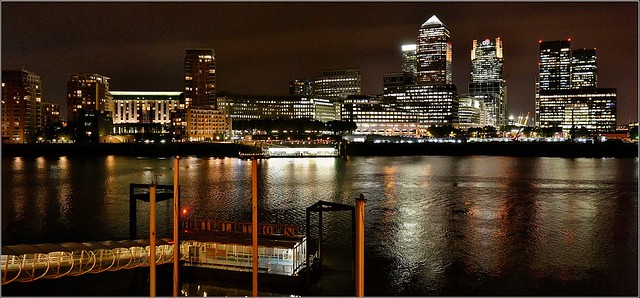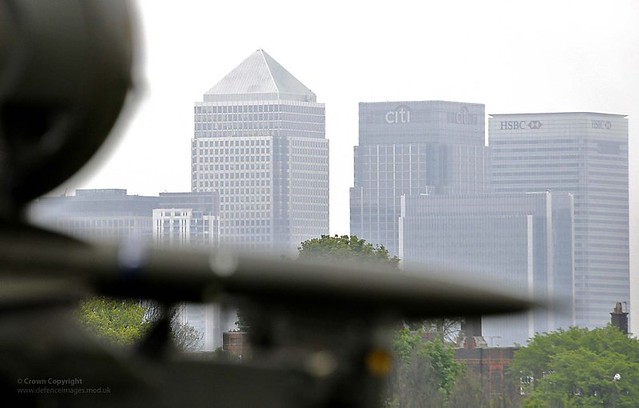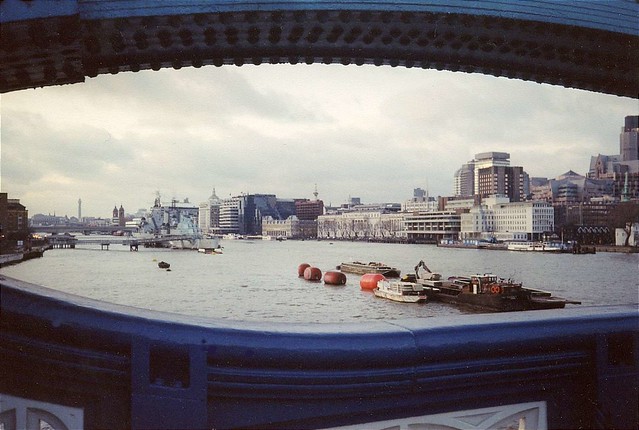The UK construction industry is set to receive huge levels of investment over the next five years. Despite forecasts that predicted a slow year for construction - after a sector fall in January and February - Thisismoney have reported that the weak start is not as bad as first feared.Furthermore, encouraging signs have emerged to suggest that optimism in UK construction has soared following what has been called a ‘post-election bounce’. Indeed, the Markit/CIPS UK Construction Purchasing Managers’ Index (PMI) rebounded from 54.2 to 55.9 during the months that saw the build up and result of the UK’s general election.

image courtesy of bobchin1941
As the fast house sales specialists We Buy Any Home noted in their blog during the run up to the election, the Conservative party promised vast amounts of housebuilding if they won. Now, following David Cameron’s victory, it looks as though that pledge to increase the number of new homes being built has had an invigorating effect. Particular emphasis has been on the utilisation of brownfield sites for new construction, and thanks to a national policy on Vacant Building Credit (VBC), there is now a huge incentive too. By bringing a vacant property back into use, or demolishing an old building to make way for a new one, developers may be offered financial credit. Eligibility for VBC is dependent on the new building not being abandoned. But with increasingly available vacant property specialists that provide trained live-in guardians, like Oaksure Property Protection who have worked across various spaces across the UK, developers can ensure their building is always professionally occupied.
High levels of foreign investment and improved domestic economy have also been credited for paving the way for London and the surrounding region’s projected growth in construction. Here are six key projects which will be at the centre of London and the South East’s next stage of redevelopment:
Housing Investments

image courtesy of Kathleen Tyler Conklin
In 2013 it was estimated that 800,000 new homes would be needed in London by 2021 to keep up with demand. There is no guarantee that this target will be met, but for now £1.25 billion has been afforded to build 45,000 new ‘affordable homes’ in London by 2018. 15 boroughs in London have been allocated £404m to for housing investment while Notting Hill Housing Trust have received £59.3m to deliver a further 2,250 homes.
The Crossrail

image courtesy of crossrail
Proposals for the crossrail first came about on record in 1941, fast forward to 2009 and work on it finally began. The new crossrail is currently the largest construction in Europe, taking place over 40 different sites. It will be the first complete underground rail line built in over 30 years, and is due to provide an extra 1.5million people with 45 minute access to London.
Canary Wharf

image courtesy of Defence Images
West India Docks’ business hub of towering buildings is set to expand even further with the creation of new towers, 3,000 extra homes and various other retail and residential services. Known as the Wood Wharf Project, the centerpiece of this project will be a 55 storey, 211-metre cylindrical residential skyscraper. And there’s more where that came from...
Skyscrapers

image courtesy of Jon Sears Photography
Central and suburban locations around the capital will be home to over 230 new skyscrapers in the coming years, ranging in height from 20 to 60 storeys. The expanding skyline of London’s skyscrapers has turned the city into one of the world’s crane capitals. They are often criticised for being an eyesore, but according to Emerson Cranes, one of the UK’s leading crane hire companies, their presence is also widely regarded as a positive sign of economic growth. Mayor Boris Johnson was keen to reverberate this view when he told the Evening Standard: “the cranes now bristling on the skyline are proof of growing investor confidence in London.”
Thames Tideway Tunnel

image courtesy of bestfor / richard
A gigantic infrastructure project being built to tackle the millions of tonnes of sewage water which enters the River Thames every year. The tunnel will stretch 25 kilometers and tunnel as deep as 65 meters. The construction itself is taking place on over 24 construction sites and is expected to be complete by 2023.
Embassy Gardens Development

image courtesy of The Times
This will be London’s biggest regeneration project: a new US embassy set to be built in Vauxhall and a new Dutch Embassy being moved to 50,000 sq ft in part of the Embassy Gardens development project. There are 2000 extra homes planned in this area too, along with a kilometer long linear park and 130,000 sq ft of retail.

